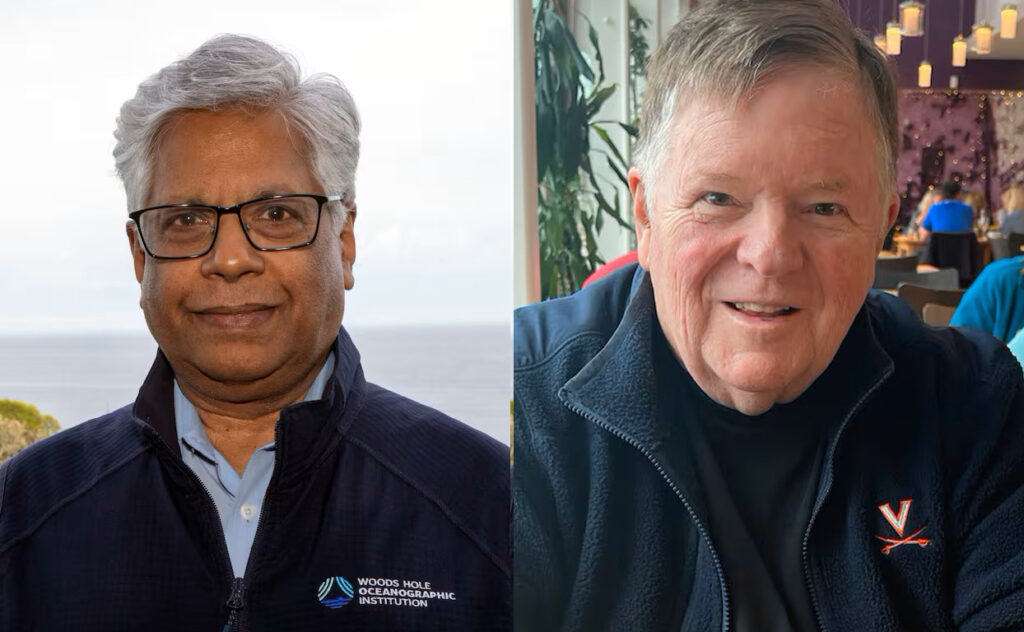By Kilaparti Ramakrishna and Daniel Reifsnyder
Today, the United Nations General Assembly will convene a high-level meeting on sea-level rise to “address the urgent and escalating threat of rising seas.” The goal is to engage global leaders, experts and stakeholders in developing comprehensive solutions and actionable commitments to secure “a sustainable future including for small island developing states and low-lying coastal areas.”
This timely meeting takes place just after the Summit of Pacific Island leaders in Tonga, where the U.N. Secretary-General António Guterres called sea level rise a “crisis” that is “entirely of humanity’s making” and that it will soon “swell to an almost unimaginable scale.” The secretary-general relied on the alarm raised by the scientific community that was categorical in saying that the climate “tipping points” and ice-sheet dynamics will tremendously impact increases in future sea-level rise.
We know that rising seas are taking their toll on lives, livelihoods and critical infrastructure around the globe almost daily. Interaction with extreme weather, hurricanes and land subsidence is contributing to extensive flooding, which is destroying homes, buildings and critical infrastructure.
We also know that sea level rise is primarily driven by expansion of ocean water as it absorbs heat, melting glaciers and ice sheets, and flows from land-based water sources. Over the past 50 years, the ocean has absorbed more than 90% of the warming. Earth’s polar regions are warming up three to four times faster than the global average, accelerating ice sheet and glacier melting.

The link between human-caused emissions and rising seas is clear. Our greenhouse gas emissions are at unprecedented levels, and the future trajectory of sea level rise hinges on our actions today. Even if we rapidly cut emissions, some degree of sea level rise is already “baked in.” The question remains: How can we drive the urgent action needed to address this existential threat?
Time is running out and more needs to be done, but despite the urgent need to curb greenhouse gas emissions, the Paris Agreement temperature goals have not yet spurred the necessary response and corollary actions. Urgent action is needed to address the daily realities of individuals and communities facing the brunt of climate impacts. To bridge this gap, we propose an additional goal — a second metric — of setting a limit on sea level rise compatible with the 1.5 degree goal.
This “Upper Limit for Rising Seas” would include ultimate and incremental goals for reducing the rate of sea level rise. A program of mitigation and adaptation with an emphasis on minimizing glacier melt and polar ice loss would be developed and coupled with funding mechanisms to meet the goals.
The U.N. General Assembly meeting is ideal for initiating this critical dialogue. By setting a clear, actionable limit on sea level rise, we can galvanize global action, align climate policies with on-the-ground impacts and create a shared vision for a future where people and ecosystems can thrive. Time is of the essence. Our choices today will determine the extent of sea level rise we face tomorrow. We cannot afford to wait any longer.
Let this meeting on sea-level rise be the moment we take decisive action, setting a limit that will drive meaningful progress and protect our planet for future generations.
Kilaparti Ramakrishna, Ph.D, is the director of the Marine Policy Center and senior advisor to the president of ocean and climate policy at Woods Hole Oceanographic Institution. Daniel Reifsnyder, PhD, is an adjunct professor at the University of Virginia’s Batten School of Leadership and Public Policy and co-chair of the Paris Agreement negotiations, 2015.
This opinion piece was originally published by the Tampa Bay Times, which is a media partner of The Invading Sea. Banner image: A wave crashes against a seawall in St. Pete Beach. (iStock image).
If you are interested in submitting an opinion piece to The Invading Sea, email Editor Nathan Crabbe at ncrabbe@fau.edu. Sign up for The Invading Sea newsletter by visiting here. To learn more about sea level rise, watch the video below.



